SUMMARY
This is AI generated summarization, which may have errors. For context, always refer to the full article.
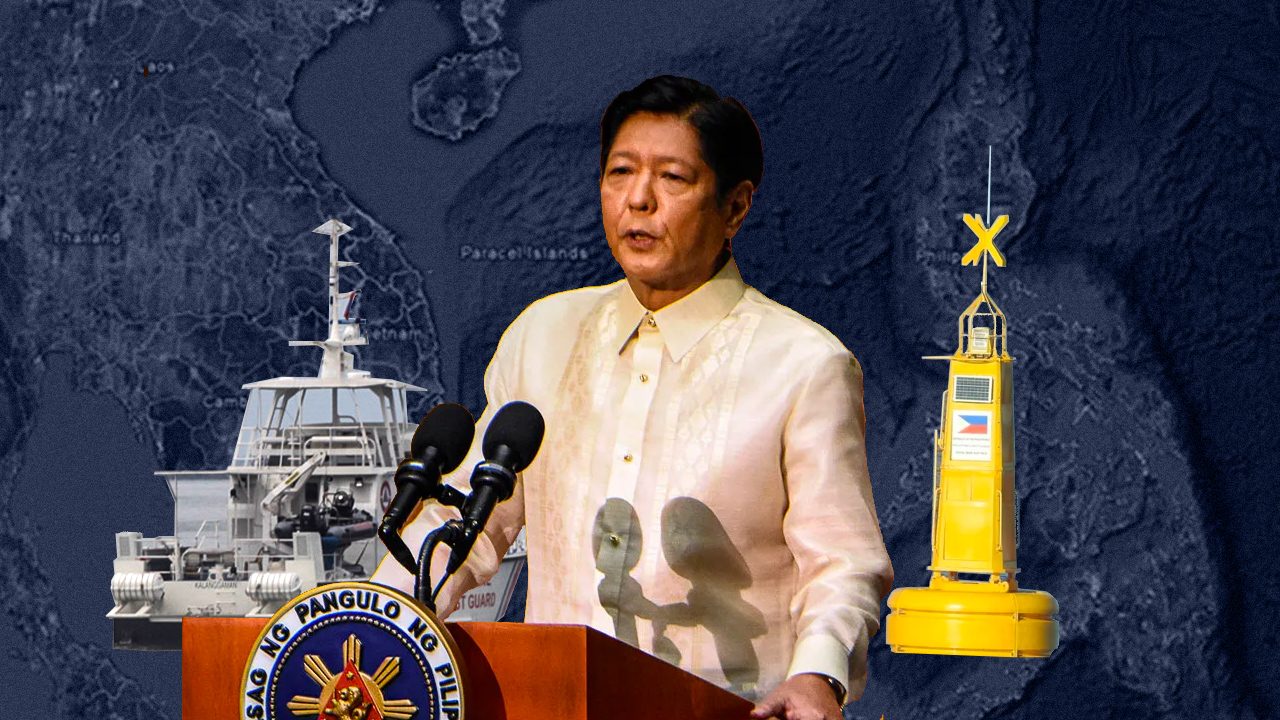
This takes some getting used to, a foreign affairs secretary who doesn’t express his every thought (even stray ones) on Twitter. He doesn’t bark his orders to the Department of Foreign Affairs (DFA) staff – on his social media platform – to file diplomatic protests against China for aggressively intruding into our waters.
Enrique Manalo, our top diplomat, has taken a different tack from that of former DFA Secretary Teodoro Locsin Jr. We’re seeing a sea change which arises from their personalities, Manalo quiet and disciplined, and tight in his messaging. He sticks to the talking points without losing candor and diminishing the substance of the issues.
With President Marcos laying out the country’s foreign policy, especially when it comes to our maritime dispute with China—”I will not preside over any process that will abandon even one square inch of territory of the Republic of the Philippines to any foreign power” – the field is clear for Manalo. Thus, he doesn’t need to announce the DFA’s every move, particularly when they call out China.
So far, under Marcos, as of the end of August, the DFA has quietly filed 48 protests against China, according to DFA Assistant Secretary for Maritime and Ocean Affairs Maria Angela Ponce. In September, she told the Senate committee on foreign relations that these covered incidents that involved illegal fishing, the illegal presence of Chinese vessels, harassment of fishermen and enforcement agencies, and unauthorized marine scientific research.
I asked former Supreme Court Justice Antonio Carpio if this policy of not announcing the protests to the public favors China which doesn’t want to be shamed. He replied in a Telegram message: “Malaysia also does not make their protests public so as not to antagonize China. To prevent acquiescence from setting in, a formal protest is sufficient and publicity is not needed.”
Similarly, the DFA’s Ponce said in a Senate hearing, when questioned by Senator Imee Marcos, chair of the foreign relations committee, on the value of these diplomatic protests: “The protests are an assertion of our rights under the United Nations Convention on the Law of the Sea and under the arbitral award. By asserting our rights, we are ensuring that we do not lose them.”
Looking back, though, I think we needed to hear it loud and clear from Locsin that the DFA was on its toes, standing up to China amid the noise that then-president Duterte was making in favor of the giant bully. The voluble Locsin was a fit for Duterte. Otherwise, the reportage would have focused on Duterte’s careless remarks undermining the Philippines’ international arbitration victory and downplaying China’s intrusion in the West Philippine Sea.
The last incident of Chinese harassment that was publicly reported happened in late June, when a research vessel operated by the Bureau of Fisheries and Aquatic Resources (BFAR) was tailed by a China Coast Guard (CCG) ship. The BFAR ship, which came from Puerto Princesa, was en route to Ayungin or Second Thomas Shoal but, after a few hours of shadowing by the CCG, returned to Palawan, without reaching its destination. The Asia MaritimeTransparency Initiative documented this in detail.
I understand that the DFA filed a diplomatic protest over this incident.
How future intimidation by China will play out bears watching – especially if and when the Philippines decides to explore for oil and gas in Reed Bank, which falls within our EEZ. That will be the test for Marcos.
Good job, Coast Guard!
Before I close, a few words on the Philippine Coast Guard (PCG), they who are on the frontlines, tasked to patrol our waters. The Coast Guard has started to be visible in the West Philippine Sea in the last few years as they grew their number of vessels, sourced from Japan and France.
They accompanied civilian vessels assigned by the Navy to resupply troops in BRP Sierra Madre, the dilapidated ship that keeps watch over Ayungin Shoal. In doing so, the Coast Guard was sending a message to China that the Philippines was determined to protect its waters and vital re-supply missions.
In May, the Coast Guard installed five navigational buoys in the West Philippine Sea bearing the Philippine flag. These serve as sovereign markers and also as flash lights at night to guide Filipino sailors.
Recently, the PCG invited journalists to witness their air surveillance over Scarborough Shoal, one of their activities to help protect Filipino fishermen from Chinese intimidation. Remember that China took control of Scarborough Shoal, which is within our EEZ, in 2012. Thus the China Coast Guard never leaves this shoal.
More often, though, the PCG keeps watch over the fishermen through their presence in the area: at least one PCG boat hovers nearby. Sometimes, the fishermen are able to fish inside the lagoon but they usually ply their trade at the fringes of the shoal. To further help the fishermen, the PCG gives them relief goods like groceries.
Last year, the Coast Guard caught international attention when they launched their Angels of the Sea program, an all-female group of radio operators who, when aboard PCG ships, called out Chinese vessels which have illegally entered our waters, asking them to leave. They would read a prepared text over the radio, saying that the vessel has entered the Philippines’ exclusive economic zone. Called a “radio challenge,” the PCG would then request the name of the vessel, intention, last and next port of call. Usually, the foreign ships just sail away.
The Coast Guard is a bright spot in our maritime protection landscape. – Rappler.com
2 comments
How does this make you feel?
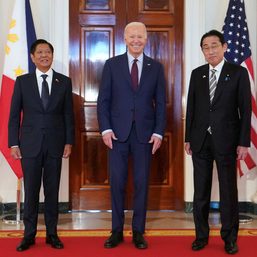
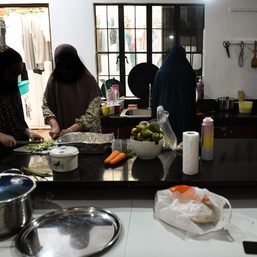
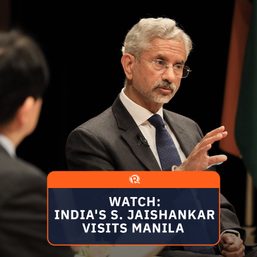
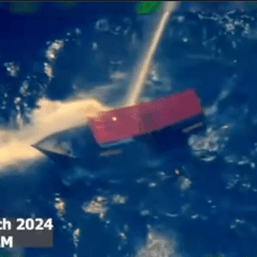
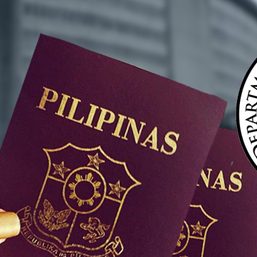
![[Newspoint] The lucky one](https://www.rappler.com/tachyon/2024/04/lucky-one-april-18-2024.jpg?resize=257%2C257&crop=536px%2C0px%2C1080px%2C1080px)

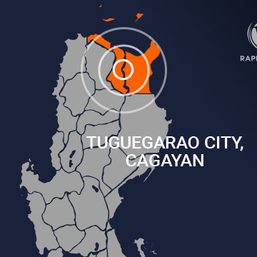



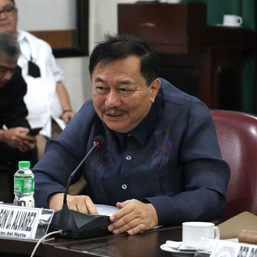
Lucid reporting. Thanks Ms. Vitug.
My two cents. Not making public the diplomatic protests the Philippines files against China is wise given how fraught the relationship between them has become. There is a precedent to that in the region, i.e., Malaysia keeping mum about its own protests. There is also a diplomatic/legal argument per Carpio’s and Fajardo’s statements that such protests ensures the Philippines does not forfeit its territorial rights through acquiescence.
While there is a season for keeping quiet; there is also a time for making noise. Making diplomatic protests public must also be in the DFA’s tool box. Be selective and strategic though. Pick fights over incidents that most underscore China’s blatant disregard for the rule of law. I liken the DFA’s filing of numerous silent protests to a boxer’s predictable flurry of jabs to which China is accustomed to. Occasional made-for-the-camera uppercuts, however, are needed to keep fresh in the world’s collective consciousness China’s bullying in the Philippines’s backyard.
Deep appreciation to the courage of our Coast Guard and hoping that they would continue doing so … just hope that President Marcos Jr. would not become like his predecessor of the famous “Jetski” promise. If later on, he would, then his own “even one square inch” will join the Hall of Fame of Broken Promises.